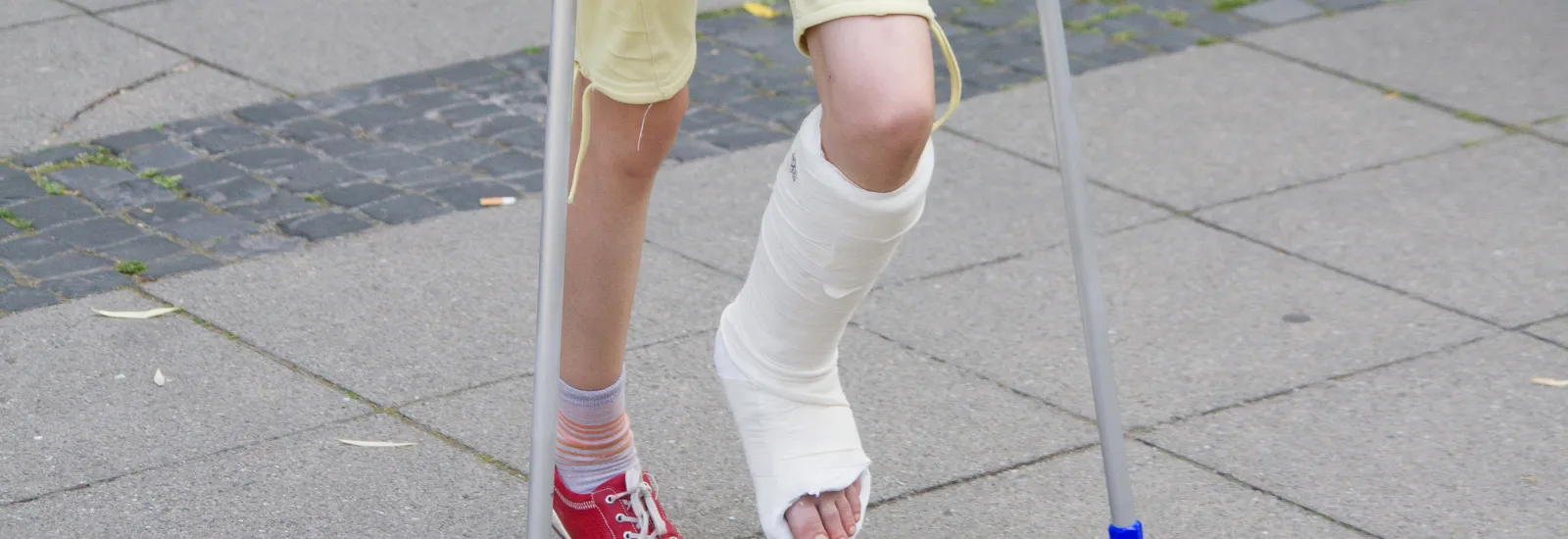
How to recognize broken bone symptoms
Whether from a rough-and-tumble outdoor activity in nice weather or a fall during ice and snow, bone fractures can occur in any season. If you your child or spouse gets injured you might wonder what broken bone symptoms to look for and how to tell if a bone is broken or if it's a bruise or a sprain instead.
Most commonly a bone breaks when someone falls and it's often an upper limb that's broken — a wrist a forearm or an upper arm. This is because people naturally react by throwing out their hands to break their fall. 
How can you tell if a bone is broken?
The National Institutes of Health lists some classic broken bone symptoms. These include:
- Pain. It will hurt to move touch or press on the injury.
- Swelling. If the injured part is bruised swollen and/or tender this can indicate a break.
- Deformity. You'll often see a bump or change in the shape of the bone after a break.
- Limited mobility. It may become difficult to move the limb in a normal way.
Sometimes though the bone might not be displaced (the pieces may still be in a straight line) so it can be harder to tell if it is broken.
If you suspect your child has broken a bone, here's a useful rule of thumb: Assume it's a break if he or she refuses to put weight on the affected limb.
What do you do if you suspect a broken bone?
If you suspect a bone may be broken the first step is to get immediate medical attention. Notify your doctor or pediatrician and if they can't see you or your child immediately go to the emergency room or an urgent care center.
An upper-body break shouldn't prohibit getting in the car and driving to a health care facility but if your family member's leg is broken don't try to move them yourself. Instead call 911 and let the paramedics safely transport your loved one.
While you wait for medical attention you can try to carefully splint the injury. Leave it in the position you find it use a rolled-up newspaper or magazine to keep it stable and wrap the affected limb securely. This will help limit any unnecessary movement until a doctor can apply a cast or splint.
If you can recognize broken bone symptoms quickly and know what to do in the event of a break you can feel confident about letting your family engage in whatever active outdoor endeavors you have planned this summer.

